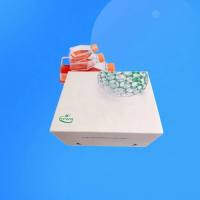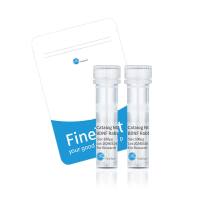PET and PET-CT of Lung Cancer
互联网
741
Accurate staging is essential to offer the patient the most effective available treatment and the best estimate of prognosis. In non-small cell lung cancer (NSCLC), surgical resection offers the best chance of cure in the early stages, either alone or in combination with chemo- or radiotherapy at the more advanced stages. However, many patients present with metastatic disease at the time of diagnosis. Both computed tomography (CT) and positron emission tomography (PET) using fluorodeoxyglucose (FDG) play an important role in the diagnosis and staging of lung cancer. CT provides excellent morphologic information but has significant limitations in differentiating between benign and malignant lesions either in an organ or in lymph nodes. FDG-PET is highly accurate in the detection of mediastinal lymph node metastases as well as extratharacic metastases. However, due to the poor anatomic information provided by PET, additional morphologic information is needed to properly locate a lesion. Imaging with PET integrated with computed tomography (PET/CT) offers essential advantages in comparison to PET alone, CT alone, or visual correlation of separate PET and CT. A combined PET/CT system provides PET and CT images perfectly coregistered so that lesions can be exactly localized.








